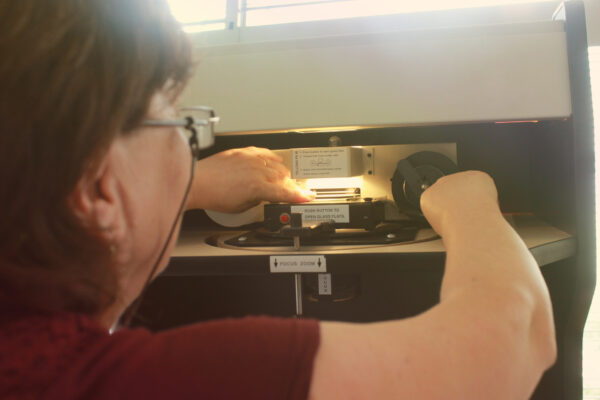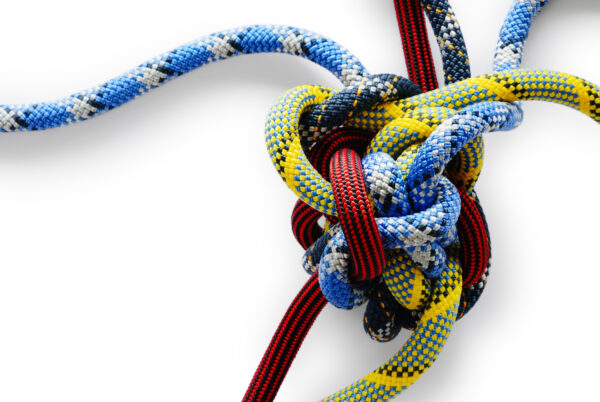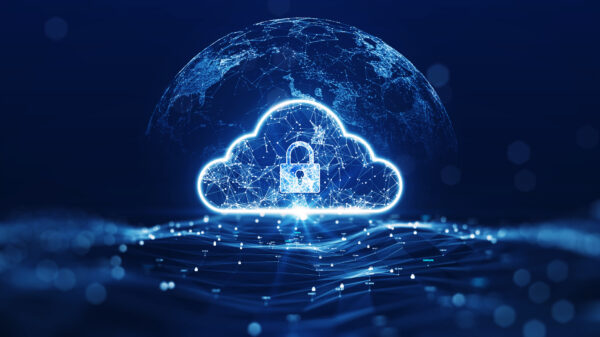Picture a library filled with row upon row of microfilm rolls, each containing historical records and documents archived for decades. The challenge is converting these rolls of film into digital formats that are easily accessible and preserved for future generations. Many misconceptions surround microfilm digitization, from perceived high costs to concerns over data accuracy. In reality, it’s simpler and more cost-effective than ever before. In this article we’ll touch on some common misconceptions, helping you feel more confident on the path to digitization.
The Myth of High Costs
First, there’s the myth of high costs. The common misconception is that many believe that microfilm digitization is just way too expensive, and it can’t be done because they don’t have the money for it. However, often the costs are exaggerated and based on outdated information.

In reality, scanning technology has significantly improved, and custom solutions for your specific project will determine whether the price of your project is expensive or cost-effective.
Additionally, beyond the actual price, there are long-term benefits like reduced storage costs, faster access to information, and improved disaster recovery plans, which outweigh the initial investment.
Before you accept the idea that microfilm scanning is too expensive, make sure you’re doing your research and contacting multiple companies to ask about getting your microfilm scanned, the process to do that, and what’s included in the price.
Also compare that to the other options, such as buying a machine and actually getting the hardware to do the work yourself, or just putting the microfilm in storage and not really being able to access your microfilm very well. It’s up to you to determine what’s right for your organization, but make sure you’re getting all the information you can to make the right decision.
Belief That “We Don’t Need It”
There’s often a belief or frame that we don’t really need to digitize; we can just keep the microfilm as it is. We assume it’s okay since we don’t access it often. We think we’ll just use the scanner we have to look at the images when we need them.

This is something we often hear when talking with folks who contact us about scanning. Once we get to the actual project scoping, pricing, timelines, and so on, these people often fail to realize that microfilm can deteriorate and decay over time. This makes digitization a necessity for preserving these valuable and possibly one-of-a-kind records.
Just in the past year, we’ve had at least five different clients with microfilm that had vinegar syndrome, meaning it was starting to decay. With that type of record, if you don’t scan the film in time, you may not be able to scan it at all, and then you lose the data completely. So even if you’re not accessing the records often, leaving them forgotten or improperly stored can lead to degradation, and you can ultimately lose that information.

Second, you never know when an accident might happen. There could be a natural disaster such as a flood or hurricane, or even a fire that destroys your records. If these are one-of-a-kind, well now they’re gone. There’s the possibility of someone damaging the microfilm, or even theft. You just don’t know! And that’s the point, because you don’t know it’s best to digitize and protect the data so even if something happens to the physical records, you have a digital backup.
Lastly, in today’s fast-paced environment, quick and remote access to information is critical. If you still have microfilm in hard copy, the people who need access to the data won’t be able to get to it as effectively, especially if they’re not in the office every day or if the material is in a storage room or center somewhere, making immediate access difficult. Even if access isn’t a day-to-day necessity, the hindrance of not being able to get to the data when it’s needed can cause a drag on your company.
“Too Complicated” Isn’t True Anymore
When it comes to microfilm scanning, “too complicated” isn’t true anymore. Depending on who you’re working with, everyone will have a different process, but in general, the plan to digitize microfilm from hard copy to digital is a pretty simple process. You have microfilm, you want it digital, you give us the microfilm, we turn it into digital, and give it back to you. Very simple.
Every company has its own process, but at a high level, it’s just about taking something in a hard copy form and turning it into an electronic format.

Also, you don’t have to worry about doing this yourself, buying the machines, figuring out how to do the data processing, and making the images and indexing, and whatnot. You have expert guidance from scanning vendors like us who can provide full project management and handle everything from start to finish for the project, eliminating the guesswork from you and giving you the solution you need.
You come with the ideas and tell companies like us, “Here’s what I want, here’s what I need the end result to be,” and we’ll put together that scope of work and plan to make it happen for you.
Concerns About Data Loss or Inaccuracy
There’s often a fear of data loss or inaccuracy in the records once they’re digitized.
If you don’t digitize and there’s a disaster, such as a fire or flood, that could lead to a loss of all records, eliminating even the possibility of having a record to scan and preserve.
Also, digitization doesn’t require destroying physical microfilm. The originals can absolutely be preserved for redundancy. You can put them in backup storage, or keep them if you’re confident that all the digital data is available and you have backup copies.

Scanning accuracy from microfilm is very high, and capturing all the images is essential for your peace of mind. With our Digital ReeL hosted solution, we replicate the original microfilm so you can actually see how it looked and visually verify that 100% of the images were captured. Unlike the traditional outputs of PDFs, TIFFs, or JPEGs, you can see the strip of microfilm and confirm that all images are there.
Moreover, with a company that’s doing things the right way, there will be QA/QC (Quality Assurance and Quality Check) processes to ensure that images are accurately captured and that you’re getting the data from the microfilm that you need.

Additionally, once a microfilm is digitized, even if you think you want to keep the hard copy as a redundant backup, there are secure backup options. As mentioned before, our Digital ReeL platform offers co-location redundant backup and disaster recovery copies. Alternatively, you can store multiple backups at your location and have an offline cold storage backup in case something happens to your main data set.
In Closing
Wrapping up, transforming microfilm to digital form might initially appear overwhelming, yet it’s vital for preserving and enhancing access to precious archives. By debunking myths around costs, necessity, complexity, and data security, we’ve shown that microfilm digitization is not only practical but advantageous.
Embrace this change, protect your archives, and step into your future of convenient access and secure storage. If you’re considering taking this step, seek advice from experts who can guide you through the process.
Next Steps
Reach out to us today! Click the “Get Your Quote” button below, fill out the form, and we’ll quickly reply to you to discuss your project.
Further Reading
Microfilm Indexing Options After Digitization
Scanning microfilm from hard copy to digital is just the first step: you have to index the images to make them useful. Learn about the different index options and what works.
Should You Buy A Microfilm Reader…Or Digitize?
Microfilm records can be accessed either physically, by using a reader/scanner, or digitally once they’ve been converted to an electronic format. Learn about the benefits and costs of each and make a wise decision.
5 Essential Tips for Microfilm Scanning in Public Sector Archives
Public sector organizations have unique ways to make decisions, choose vendors, and start projects. If you’re starting the process to scan your microfilm collection, read our five tips to help you streamline the process to success.

